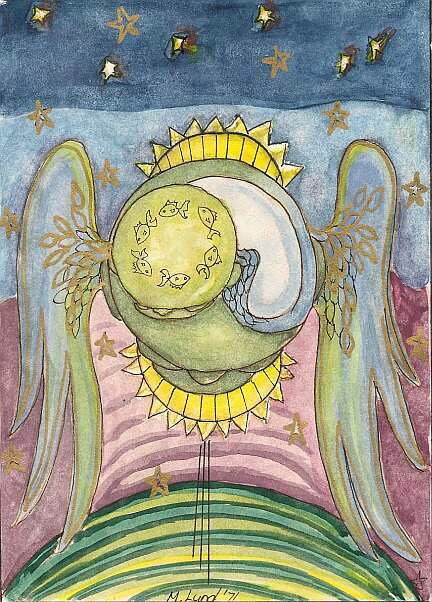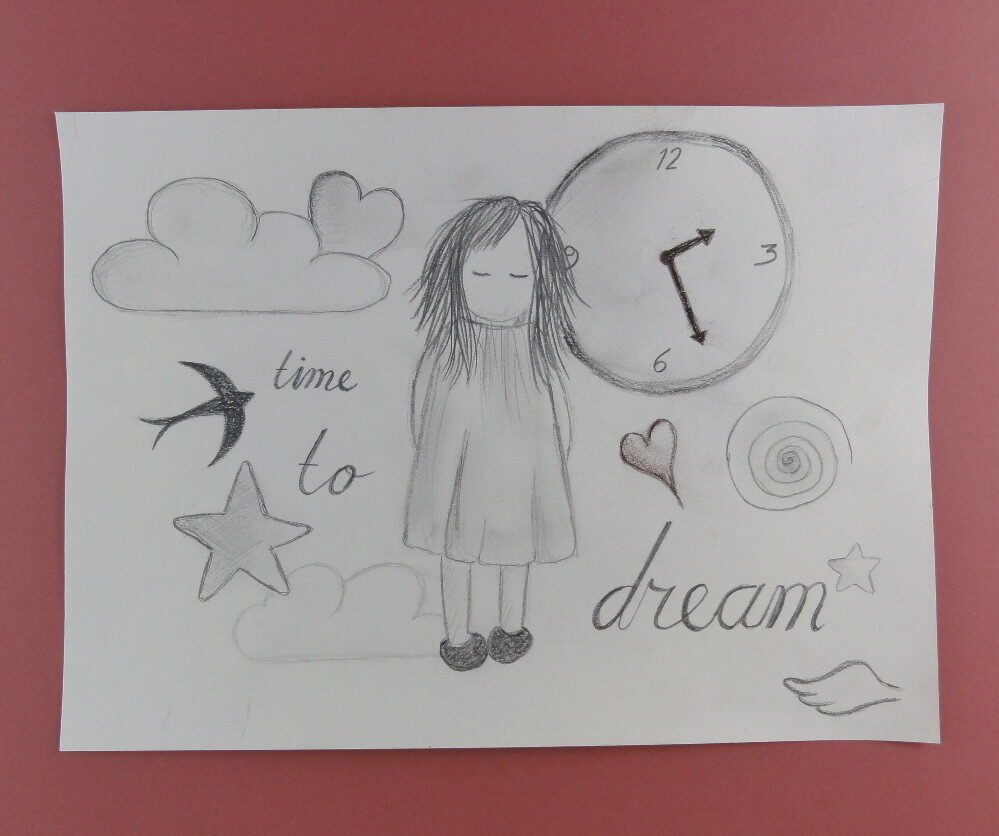Why Keep a Sketchbook on the Nightstand?
Dreams are fleeting, vivid, and often filled with surreal imagery that defies logic but sparks deep creative potential. Keeping a sketchbook on the nightstand is one of the most effective ways to harness this subconscious inspiration. In this post, we’ll explore how to turn your dream fragments into visual gold, build a nighttime sketching habit, and use your sleep cycle as a springboard for artistic growth.

credit: MLBALLES
Your brain is most creatively uninhibited during sleep. Dreams can be strange, symbolic, or emotionally charged—making them a rich source of visual storytelling. But the window to capture them is short. Within minutes of waking, most dream details begin to fade. Having a sketchbook within arm’s reach allows you to record those ideas before they vanish.
This practice isn’t just about dream journaling—it’s about building a bridge between your subconscious and your creative process.
Benefits of Sketching Dreams Immediately After Waking
Unlocking the Subconscious
Dreams often bypass the filters of logic and self-criticism. Sketching them helps you access raw, unfiltered ideas that might never surface during waking hours.
Strengthening Visual Memory
Recording dream imagery trains your brain to retain and recall visual details more effectively—an essential skill for any artist.
Building a Creative Morning Ritual
Starting your day with a sketch primes your mind for creativity and sets a reflective, intentional tone.
Developing a Personal Symbolic Language
Over time, recurring dream motifs can become part of your visual vocabulary, enriching your artwork with deeper meaning.
Sketchbooks.org | VISUAL RESEARCH HUB
Dream Journal Art
Visual research is critical for any creative endeavor. We have compiled specialized links to lead you directly to images, videos, and inspiration for "Dream Journal Art" across the web's best visual search platforms.
What You’ll Need on Your Nightstand
A Dedicated Sketchbook
Choose a sketchbook that opens flat and is easy to write or draw in while half-awake. A softcover A5 or B6 size with smooth paper (100–150 GSM) is ideal for quick sketches and notes.
Drawing Tools
Keep it simple and accessible:
- Mechanical pencil or soft graphite pencil
- Fineliner or gel pen for permanence
- Colored pencils or highlighters for mood accents
- Sticky tabs or washi tape to mark important entries
Optional Additions
- A small reading light or clip-on lamp
- A dream journal or notepad for written descriptions
- A cup of water or herbal tea to ease into wakefulness
- A phone or voice recorder (if you prefer audio notes)
How to Capture Dreams in Your Sketchbook
1. Wake Gently
Use a soft alarm or natural light to avoid jarring yourself awake. The gentler the transition, the more likely you are to retain dream details.
2. Stay Still and Reflect
Before reaching for your sketchbook, lie still and mentally replay your dream. Focus on key images, emotions, or sequences.
3. Sketch First, Write Later
Start with quick thumbnails or symbolic shapes. Don’t worry about accuracy—just get the essence down. Then, if needed, add written notes to clarify context or emotion.
4. Use Visual Shortcuts
Develop a shorthand for common dream elements—like spirals for confusion, arrows for movement, or color swatches for mood.
5. Date and Tag Your Entries
Include the date and a short title or theme. Over time, this helps you track patterns and revisit ideas for future projects.
Creative Prompts for Dream-Based Sketching
- Draw the most vivid image from your dream, no matter how strange
- Sketch a recurring symbol or object and explore its variations
- Illustrate a dream landscape or architecture
- Combine multiple dream fragments into a single composition
- Create a character based on someone you saw in your dream
- Use color to express the emotional tone of the dream
- Reimagine the dream as a comic panel or storyboard
How This Practice Enhances Your Art
- Improves imagination by tapping into surreal, nonlinear thinking
- Builds consistency through a low-pressure daily habit
- Strengthens intuition by encouraging spontaneous mark-making
- Inspires new projects from unexpected visual ideas
- Deepens personal meaning in your artwork through symbolic exploration

Sketchbooks.org | ART REPORTING | NEWS
Katsushika Hokusai: A Legendary Japanese Artist and His Mastery of Ukiyo-e, Calligraphy, and Sketchbooks
Katsushika Hokusai Katsushika Hokusai remains one of Japan's most celebrated artists, whose work has transcended cultural boundaries to influence art across the globe. Best known for his iconic woodblock print series Thirty-Six Views of Mount...
Frequently Asked Questions
Why keep a sketchbook on the nightstand?
It allows you to capture dream imagery immediately before it fades from memory.
What should I draw from my dreams?
Focus on the most vivid images, symbols, or emotions—even if they don’t make logical sense.
Do I need to be good at drawing to do this?
Not at all—this practice is about expression, not perfection.
Can I write instead of sketch?
Yes, many artists combine written notes with quick sketches to capture the full experience.
How do I remember my dreams better?
Set the intention before sleep, wake gently, and avoid distractions before recording.
Should I sketch in the dark?
Use a small lamp or dim light to avoid disrupting your sleep cycle too much.
How often should I do this?
Even once or twice a week can yield powerful insights and creative material.
Final Thoughts
Keeping a sketchbook on the nightstand is a simple yet transformative habit. It invites you to honor your inner world, capture fleeting inspiration, and build a deeper connection between your dreams and your art. Whether your sketches are abstract, symbolic, or narrative, they become a visual diary of your subconscious—a wellspring of ideas waiting to be explored.
So tonight, place your sketchbook within reach. Let your dreams speak, and let your pencil answer. You might be surprised by what your sleeping mind has to say.
Ready to Share Your Work?










My dreams are bizarre—but when I sketch them, they’re brilliant. It’s permission to chase that weirdness.
I started jotting half-asleep doodles. Most are nonsense. But one? Might be a graphic novel someday.